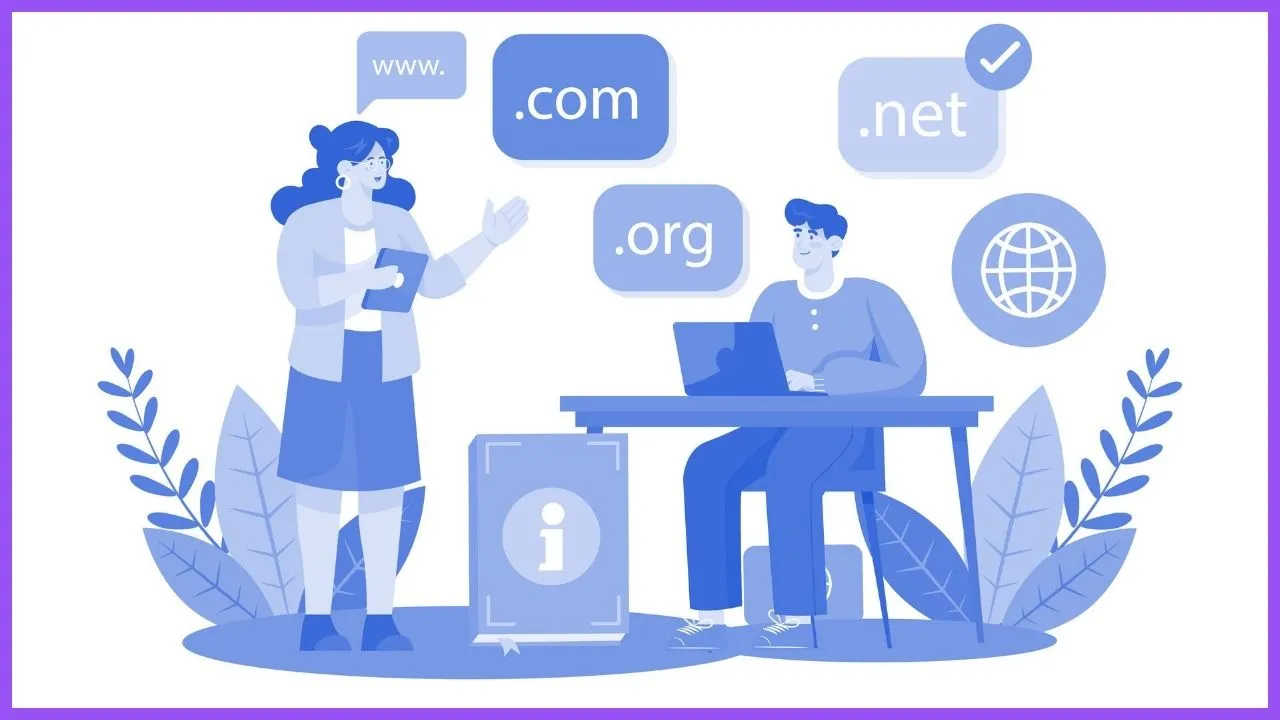
Table of Contents
Domain slamming is a deceptive practice that targets domain owners, tricking them into transferring their domain names to another registrar without their knowledge or consent. In this article, we'll explain what domain slamming is, how it works, and how you can protect your domain from this fraudulent activity.
What is Domain Slamming?
Domain slamming involves sending misleading or fraudulent transfer requests to domain owners, making it appear as though they need to renew their domain registration with a different registrar. The goal is to trick domain owners into unknowingly transferring their domains, often resulting in higher fees and loss of control over their domain names.
How Does Domain Slamming Work?
Domain slammers use various tactics to deceive domain owners:
1. Deceptive Emails or Letters: Domain owners receive emails or letters that look like legitimate renewal notices from their current registrar. These communications often have official-looking logos and language, creating a sense of urgency to renew immediately.
2. Misleading Forms: These emails or letters may include forms that domain owners are asked to fill out and return. By doing so, they unknowingly authorize the transfer of their domain to another registrar.
3. Confusing Language: The language used in these communications can be intentionally confusing, making it difficult for domain owners to understand that they are authorizing a transfer rather than a simple renewal.
How to Protect Against Domain Slamming
Protecting your domain from slamming requires vigilance and proactive measures. Here are some steps you can take:
1. Educate Yourself: Be aware of what domain slamming is and how it works. Understanding the tactics used by domain slammers can help you recognize and avoid scams.
2. Verify Communications: Always verify the legitimacy of any communication you receive regarding your domain. Contact your current registrar directly using contact information from their official website, not the contact details provided in the suspicious communication.
3. Lock Your Domain: Most registrars offer domain locking services, which prevent unauthorized transfers. Ensure your domain is locked to add an extra layer of protection.
4. Monitor Domain Status: Regularly check the status of your domain registration and any transfer requests. Immediate action can prevent unauthorized transfers.
5. Use Whois Privacy: Using Whois privacy services can hide your contact information from the public Whois database, reducing the chances of being targeted by domain slammers.
6. Report Suspicious Activity: If you receive suspicious communication, report it to your registrar and relevant authorities. This can help prevent others from falling victim to the same scam.
Safeguard Your Domain with Our Expertise
Protecting your domain is crucial for maintaining your online presence and business integrity. At Softhat IT Solutions, we offer comprehensive domain management services to ensure your domain remains secure. Contact us today to learn how we can help safeguard your digital assets.
